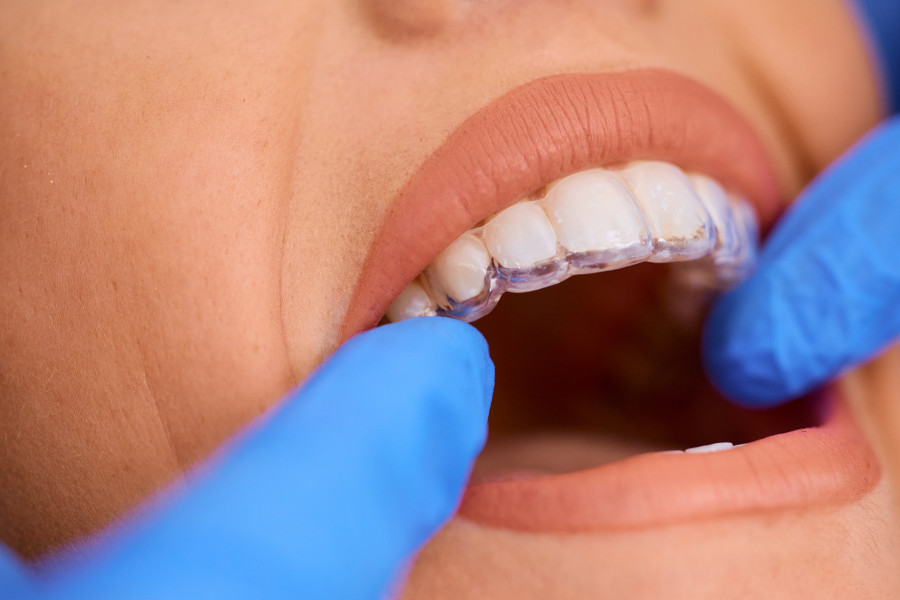
A beautiful smile has always been a symbol of health, confidence, and self-esteem. White teeth are not just an aesthetic preference but also a sign of excellent hygiene and self-care. Thanks to modern aesthetic standards and the accessibility of dental procedures, teeth whitening has become an extremely popular practice — safe, effective, and affordable.
Teeth whitening is an aesthetic dental procedure that uses special whitening agents to remove stains and discoloration from the enamel. These changes can be caused by coffee, tea, juices, red wine, tobacco, and other pigments. Whitening restores a lighter, more even shade to the teeth, making the smile look brighter and more attractive.
The procedure can be performed both in the dental office or at home using products recommended by a specialist.
This is the fastest and most reliable way to achieve impressive results. It involves gels with a higher concentration of active ingredients (hydrogen or carbamide peroxide) often combined with cold light (LED or laser). Usually, 1–2 visits are enough to achieve a smile several shades whiter.
Advantages:
In this method, the dentist creates custom trays that fit your teeth perfectly. A whitening gel with a lower concentration is applied inside, and the trays are worn for a few hours a day or overnight for 7–14 days. The effect develops gradually but remains natural and long-lasting.
Advantages:
The market offers various whitening options — toothpaste with abrasive particles, strips, pens, and gels. They are affordable and easy to use, making them attractive to many patients. However, their effectiveness is limited and cannot match the results of professional or dentist-supervised whitening.
Incorrect or excessive use can lead to enamel damage, increased tooth sensitivity, and gum irritation, so professional advice is always recommended.
To keep your smile bright for longer, we recommend:
No, the procedure is completely painless. Some temporary sensitivity may occur but subsides quickly.
No, artificial materials such as fillings, veneers, and crowns do not whiten — the effect applies only to natural teeth.
No more than 2–3 times per year is recommended.
With proper hygiene and avoiding staining foods and drinks, the result can last 1–3 years. Maintenance sessions can extend the effect.
Not when performed professionally and under supervision. Risks exist only with uncontrolled home use of strong whitening agents or excessive repetition.
